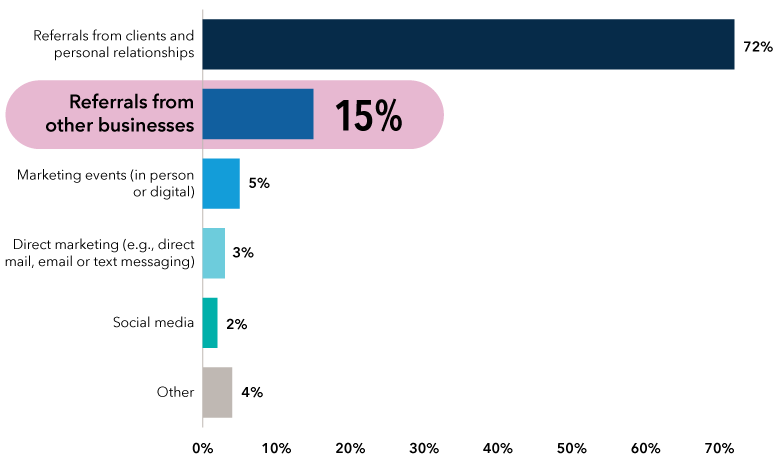What a COI is differs depending on whom you ask. So start by defining your terms. Are you looking for:
Brand ambassadors — Engaged and valued clients who advocate for your brand among their peers. Think of them as influencers who are connected to a social network of ideal clients and professionals who work with them. They can be a great source of referrals.
Business bonding — Networking groups or advisory boards filled with professionals you admire or want to know. These groups can offer an ongoing forum to share business ideas and success stories, and potentially expose you to prospective clients or other avenues for practice growth.
Reciprocal referrers — Arrangements with local qualified professionals that you have vetted, such as accountants, bankers, attorneys, mortgage brokers, etc. You send clients in need their way, with the expectation they will do the same. This allows you to offer appropriate referrals to your clients, with the added benefit of possibly gaining new clients yourself in the bargain.
“Team client” — A working relationship with a shared client at the center. In this scenario, you would coordinate professional efforts to help streamline complex financial and estate plans. Some advisors think of themselves as “financial quarterbacks” in a team client arrangement.
Each of these can be effective tools for prospecting and acquiring new clients. You may be looking for all of these relationships, or are ready to focus on one. But the deliberate strategies may vary depending on the type of COI relationship you are cultivating.



